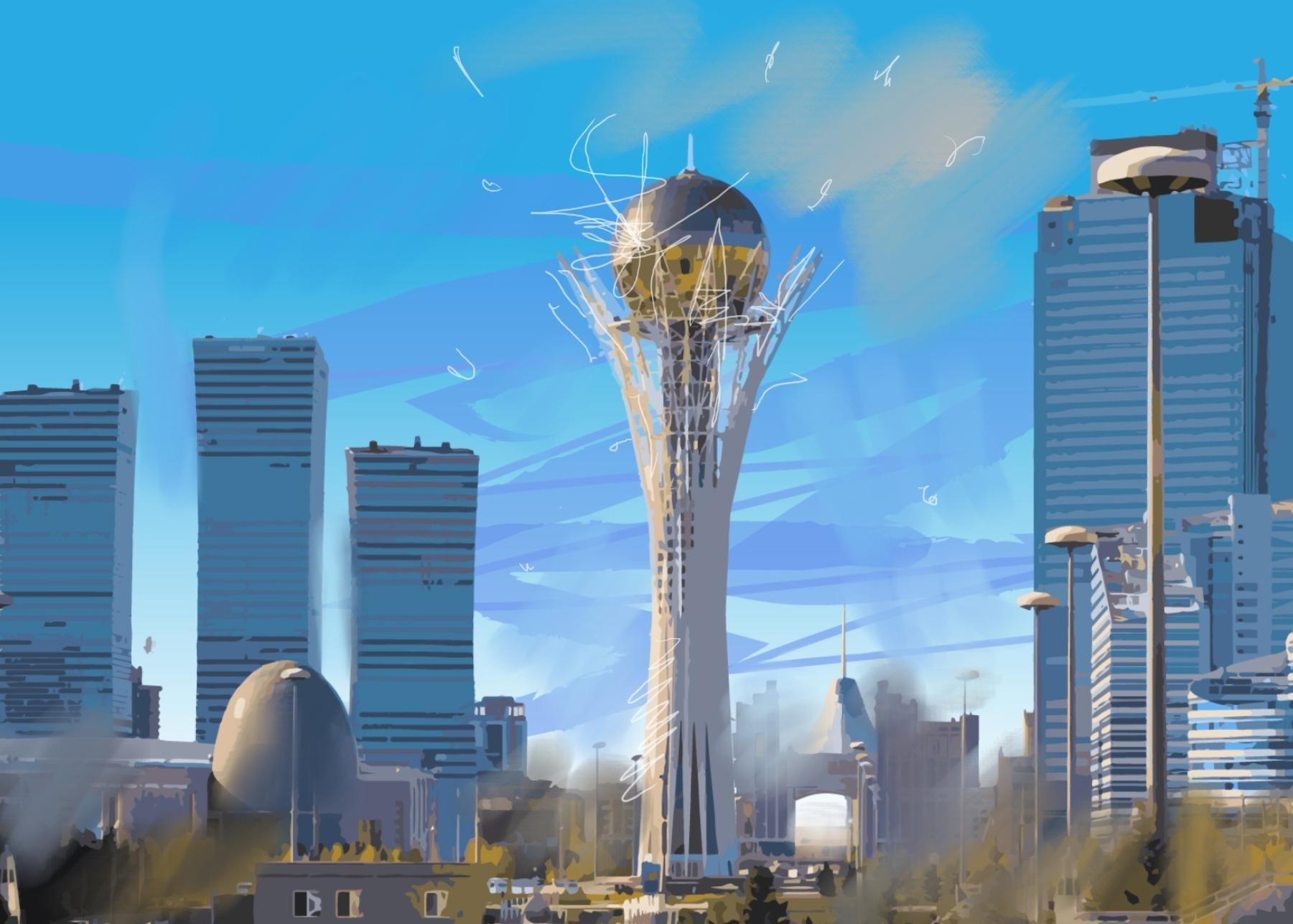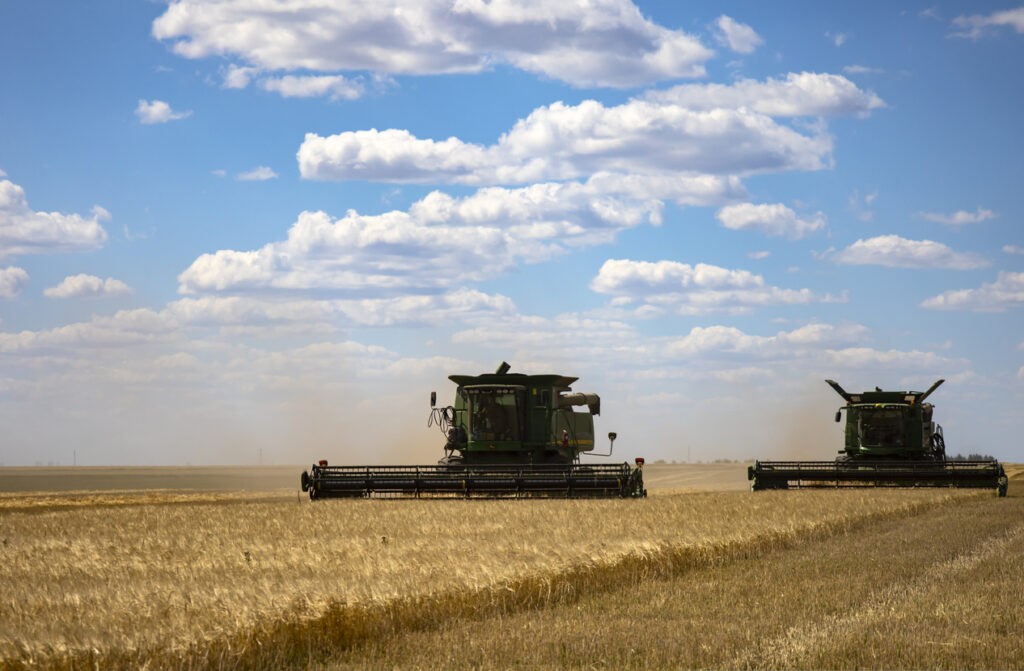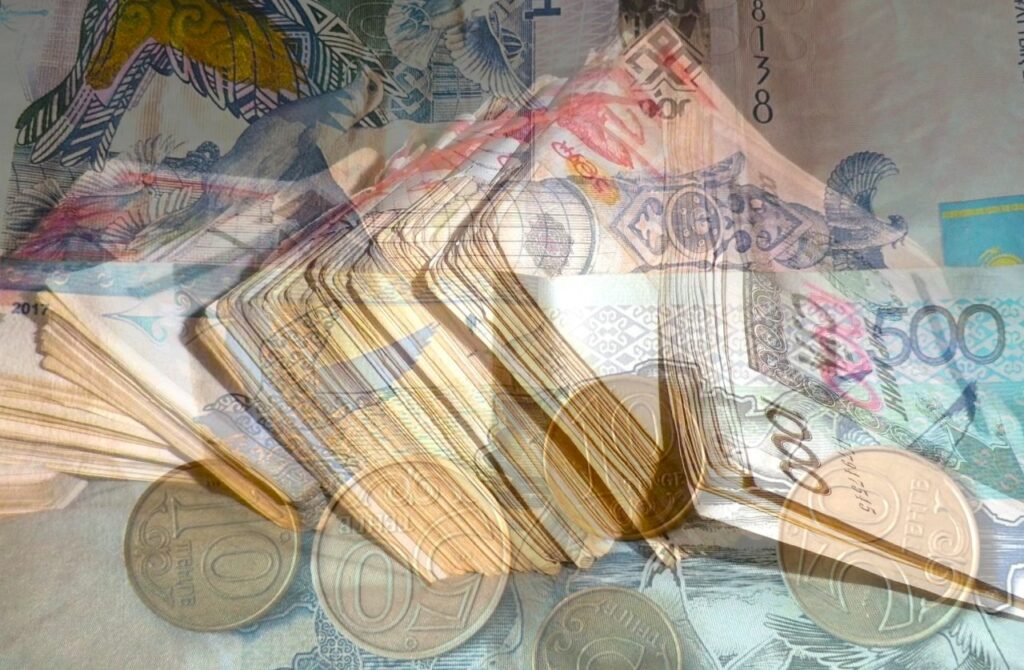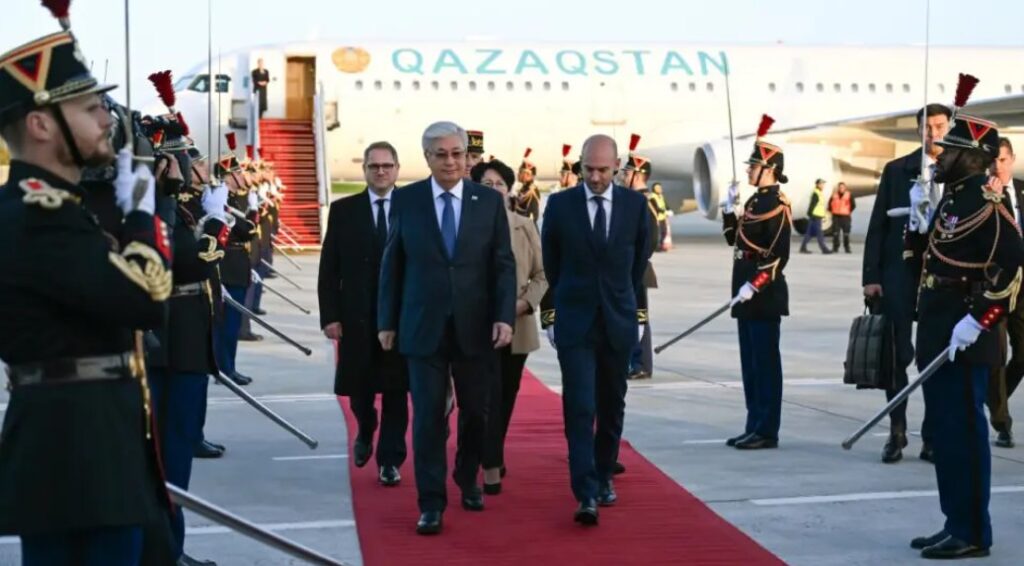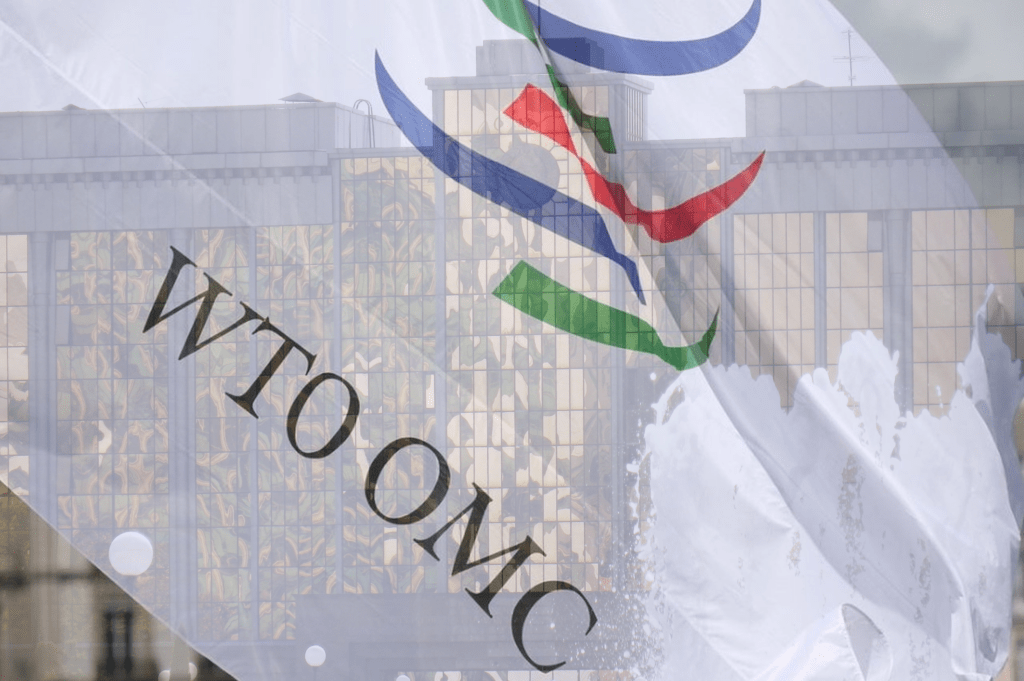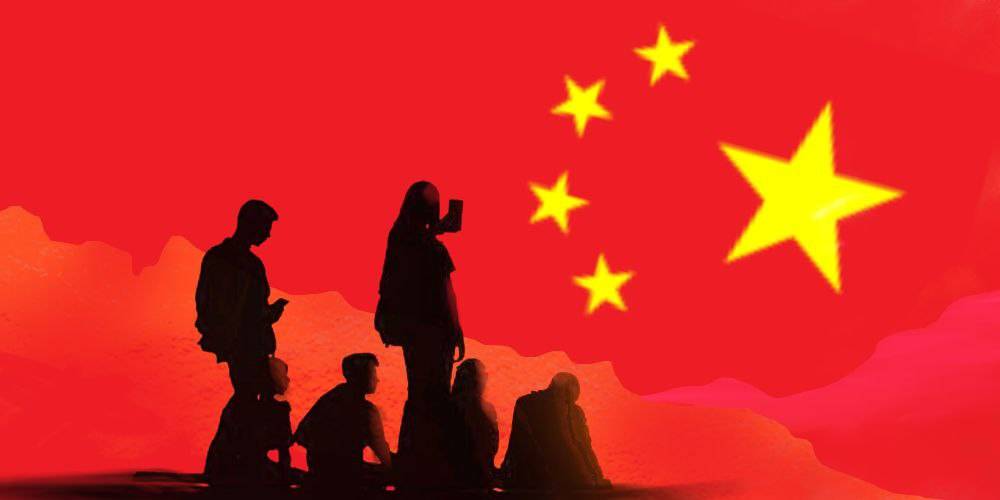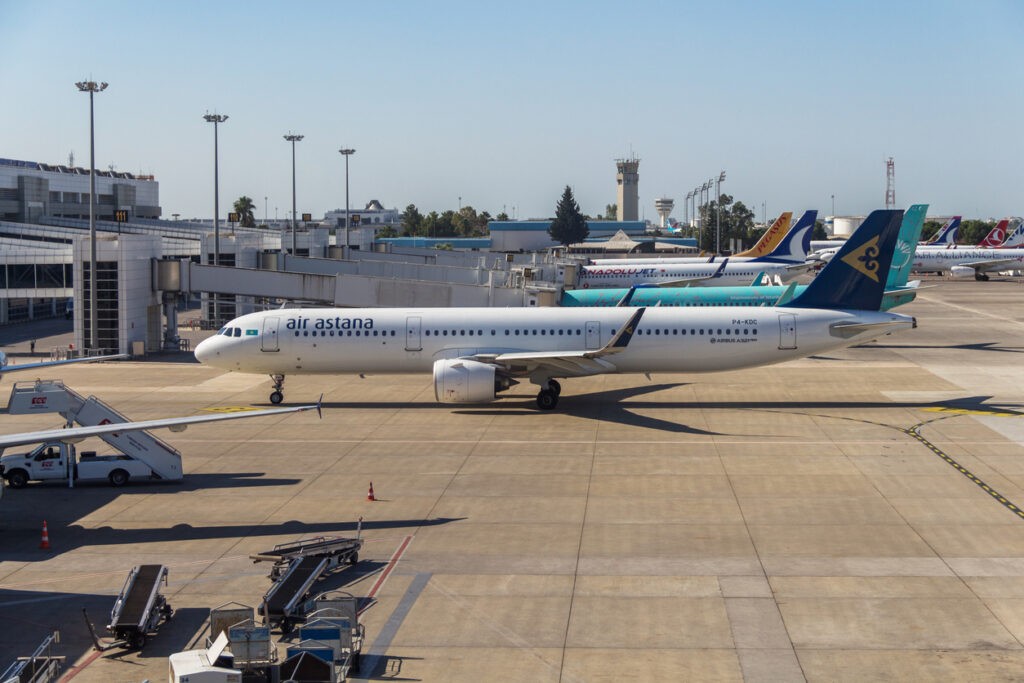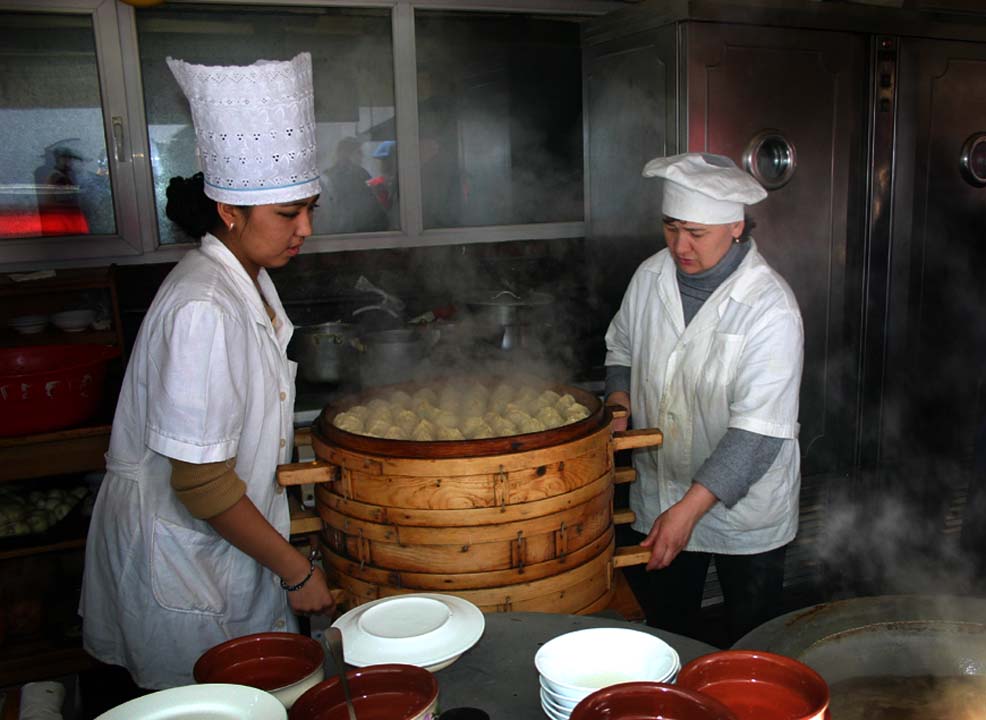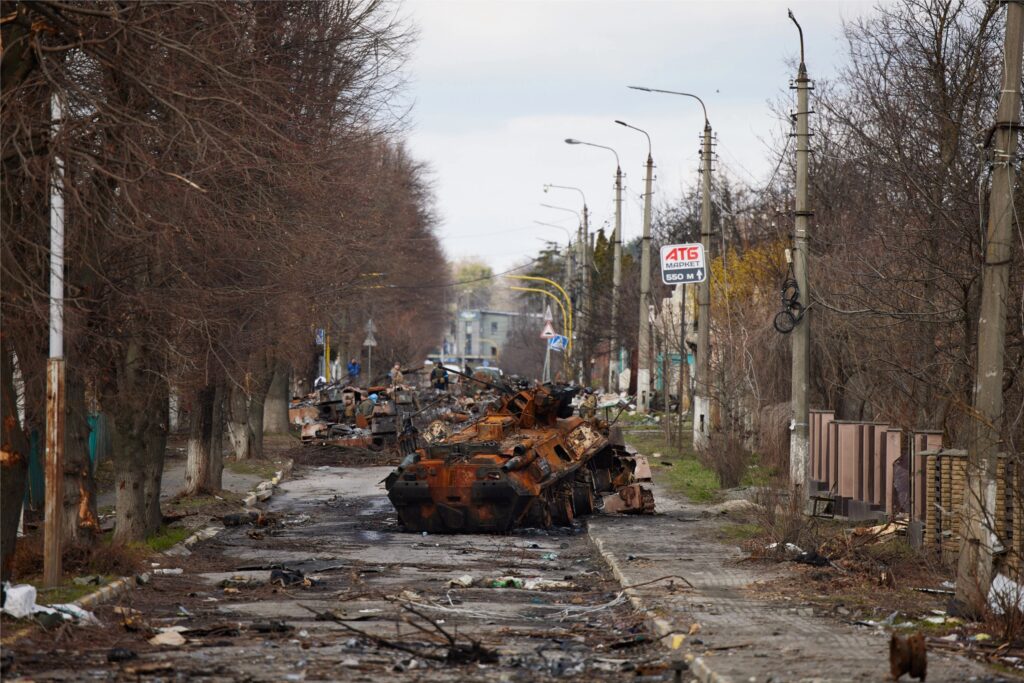Over the past decade, Kazakhstan has become an increasingly important land-bridge between East and West, both in terms of trade and diplomacy. A vast nation the size of Western Europe with powerful neighbors in the form of China and Russia, yet on the doorstep of Europe with access to the Caspian Sea, Kazakhstan’s location has elevated it to the cusp of becoming a global power.
Given its geography, it is reasonable to assert that many decisions in Kazakhstan are, out of necessity, the result of a geopolitical tightrope act necessitating a balanced and far-reaching policy outlook. This strategic position has been described by Ariel Cohen, a Nonresident Senior Fellow at the Eurasia Center of the Atlantic Council, as a “visionary multi-vector policy pioneered” by President Tokayev. Indeed, “mutually beneficially cooperation” and “mutually beneficial strategic partnership” have become watchwords of Tokayev’s presidency.
Due to projects such as the Belt and Road Initiative and the Middle Corridor, Kazakhstan’s location has made it an indispensable ally to China. Playing a pivotal role in the expansion of transcontinental trade has led the whole of Central Asia to, in the words of Tokayev, “become a global stakeholder.” Trade turnover between Kazakhstan and China continues to expand, reaching $31.5 billion in 2023 (a 30% increase on 2022), and new transit routes are continuously under construction, with the Bakhty-Ayagoz railway line set to lead the opening of a third border crossing with China and increase the throughput capacity between the two nations from 28 million to around 48 million tons. Both cultural and political ties continue to grow, with a 30-day visa-free travel regime coming into force in November 2023. As for the total amount of Chinese investment in Kazakhstan over the past eighteen years, estimates vary from $23.2 to over $36 billion.
Even these huge sums, however, are dwarfed in comparison to the Netherlands, which, in the last five years alone, has invested a colossal $33.8 billion in Kazakhstan. Meanwhile, according to Kazakhstan’s Bureau of National Statistics data for January to December 2022, Italy was Kazakhstan’s largest exporter, accounting for 16.4% of exports worth $13.9 billion during this period. The strength of this partnership was evinced by President Tokayev paying an official visit to Italy in January 2024, during which he held talks with Prime Minister Giorgia Meloni and spoke about the two nations’ “dynamically” developing relationship and its “enormous potential”. As a block, the EU is Kazakhstan’s biggest overall trading partner, the destination for 39% of total exports and accounting for 29.4% of its total trade in 2021.
Through initiatives such as the C5+1 and the B5+1, meanwhile, the United States has increasingly sought to engage with Central Asia, and with Kazakhstan in particular. With investment totaling $19.4 billion, the U.S. ranks second in terms of foreign investment over the past five years. A driving force behind this engagement has been the huge untapped reserves of Rare Earth Elements (REEs) located in Kazakhstan. According to the Brookings Institute, whilst China is the dominant player in REEs, producing approximately 60% and processing 85% of the global output, Kazakhstan is the world’s largest producer of uranium – responsible for 33% of global output as of 2021 – a large amount of which is found in rare earth deposits.
As stated by Wesley Hill, an International Program Manager at the Energy, Growth, and Security Program of the International Tax and Investment Center, “in the same way we competed and continued to compete for other energy resources, most especially crude oil, we will be competing for REEs. It’s happening already, this geopolitical clash primarily driven by competition between the United States and China.”
Of course, given its shared history as part of the Soviet Union and a vast 4,700-mile shared border, Russia remains of huge significance to Kazakhstan. In 2023, trade turnover with Russia amounted to $26 billion, although this represented a 3.7% decrease on the previous year. Whilst preserving its ties with Moscow, however, Kazakhstan has consistently distanced itself from Russia’s war in Ukraine, with the authorities allowing large-scale rallies against the invasion to be staged. Even the death of Alexei Navalny – historically not a friend of Central Asia – saw makeshift memorials erected in several cities.
Some U.S. experts have characterized Kazakhstan’s relationship with Russia as “very fraught” and defined by “multi-generational trauma”, whereas others, citing facts such as Russia’s control over the Caspian Pipeline Consortium and 25% of Kazakhstan’s uranium production, have argued that Russian influence over Kazakhstan continues to grow. Given Kazakhstan’s membership in the CSTO and Tokayev’s meeting with Vladimir Putin in Moscow in October 2023, the depth of Russian influence in Kazakhstan is currently a hot topic for observers of the region.
In a sense this in itself speaks to the effectiveness of Tokayev’s multi-vector foreign policy, an approach based not on choosing sides, but on maximizing potential benefits for the nation. The fact that its foreign policy carries such significant consequences for both East and West speaks to Kazakhstan’s emergence as an international facilitator and a power in its own right. As a nation with an ever expanding reputation as a facilitator of mediation and dialogue, the second edition of the Astana International Forum in June could well serve to further enhance Kazakhstan’s burgeoning global standing.
